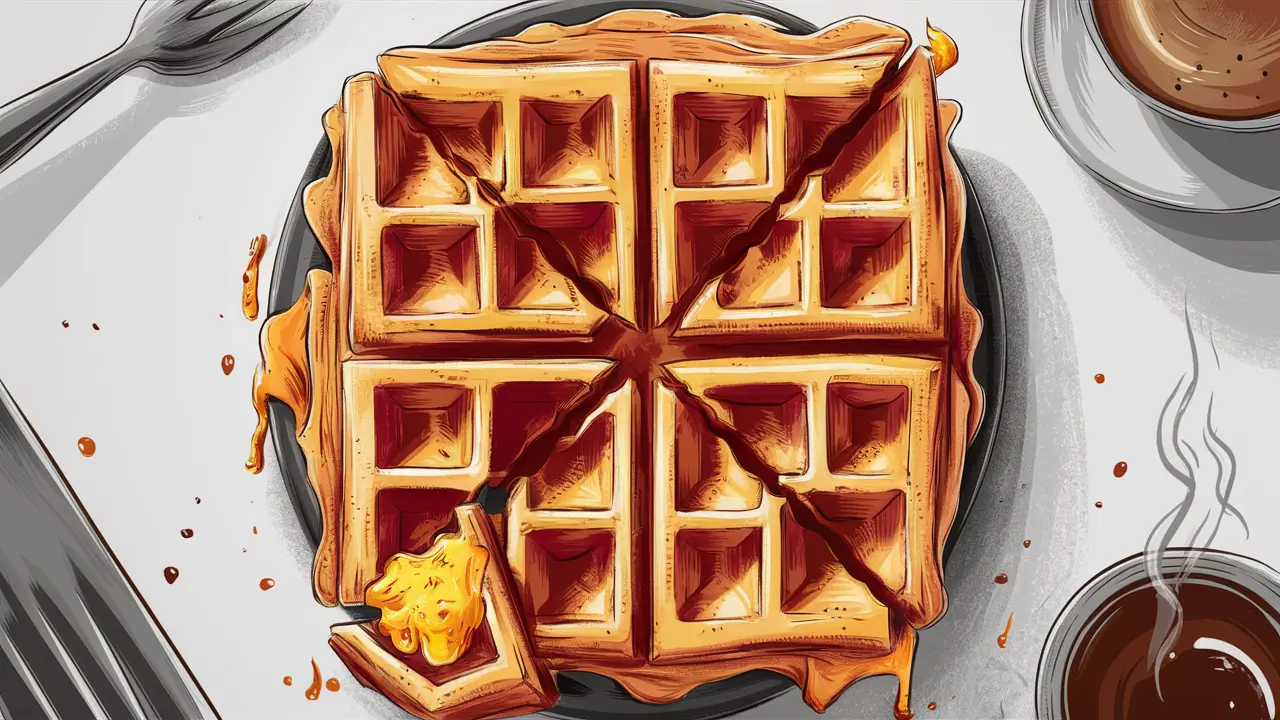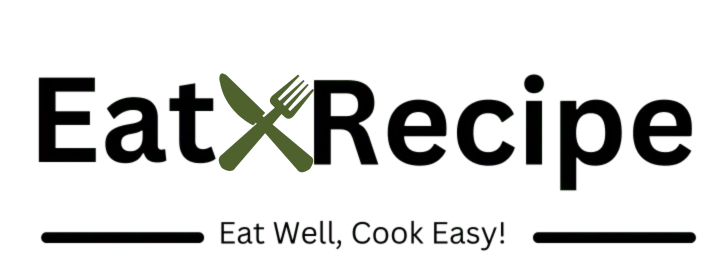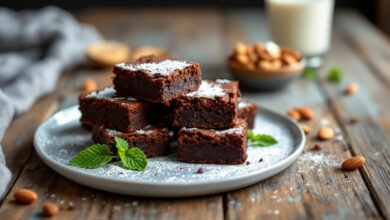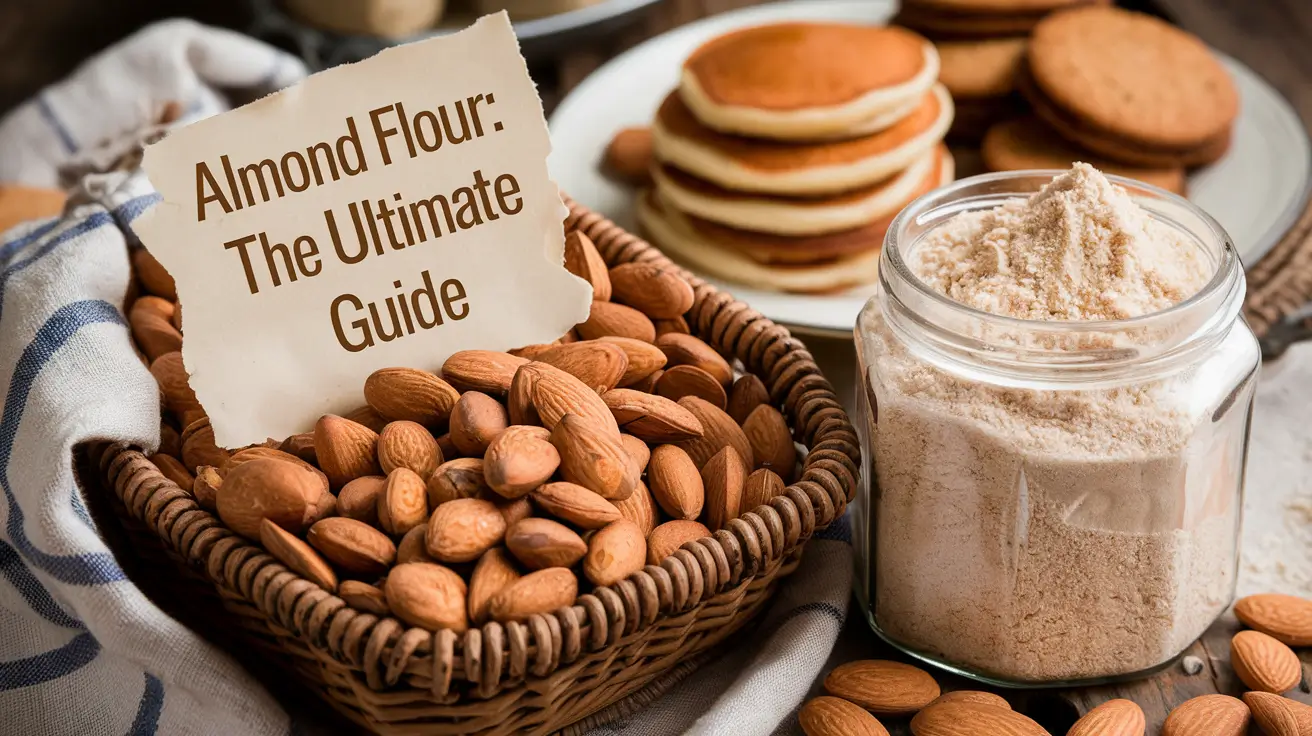Chaffles: The Versatile Low-Carb Wonder Taking the Keto World by Storm

In the ever-evolving landscape of ketogenic cuisine, one innovation has captured the hearts and taste buds of low-carb enthusiasts worldwide: the chaffle. This simple yet ingenious creation has revolutionized how people approach bread substitutes on a ketogenic diet. As a nutritionist and keto expert, I’m excited to dive deep into the world of chaffles, exploring what they are, why they’ve become so popular, and how you can incorporate them into your low-carb lifestyle.
What is a Chaffle?
At its core, a chaffle is a portmanteau of “cheese” and “waffle.” It’s a low-carb, high-fat alternative to traditional waffles, made primarily from cheese and eggs. This simple combination creates a versatile base that can be customized for both sweet and savory applications, making it a staple in many ketogenic kitchens.
The beauty of the chaffle lies in its simplicity and adaptability. With just two main ingredients and a waffle maker, you can create a crispy, satisfying substitute for bread, buns, tortillas, and more. It’s this versatility that has catapulted chaffles to fame in the low-carb community.
The Origins of the Chaffle
While the exact origin of the chaffle is somewhat disputed, it gained significant traction in keto circles around 2018-2019. Social media platforms, particularly Instagram and Facebook keto groups, played a crucial role in popularizing this innovative recipe. As keto dieters shared their creations and variations, the chaffle quickly became a viral sensation.
The chaffle’s popularity can be attributed to several factors:
- Simplicity: With just two main ingredients, chaffles are incredibly easy to make.
- Versatility: They can be adapted for numerous dishes, from sandwiches to desserts.
- Texture: Chaffles provide a satisfying crunch that many keto dieters miss when giving up traditional bread products.
- Nutritional Profile: High in fat and protein with minimal carbs, chaffles fit perfectly into a ketogenic diet plan.
How to Make a Basic Chaffle
Creating a basic chaffle is surprisingly simple. Here’s a standard recipe to get you started:
Ingredients:
- 1 large egg
- 1/2 cup shredded mozzarella cheese (or cheddar for a sharper flavor)
Instructions:
- Preheat your waffle maker.
- In a small bowl, beat the egg until well combined.
- Add the shredded cheese to the egg and mix well.
- Pour half of the mixture into the center of your waffle maker.
- Close the lid and cook for 3-4 minutes, or until the chaffle is golden brown and crispy.
- Repeat with the remaining mixture.
This basic recipe yields two chaffles, each containing approximately 1g of carbohydrates, 6g of protein, and 9g of fat, making it an excellent keto-friendly option.
Variations and Customizations
One of the most exciting aspects of chaffles is their adaptability. By adding different ingredients or altering the base recipe, you can create a wide array of flavors and textures. Here are some popular variations:
1. Sweet Chaffles
For those with a sweet tooth, chaffles can easily be transformed into a dessert-like treat:
- Add a teaspoon of vanilla extract and a keto-friendly sweetener to the base mixture.
- Sprinkle with cinnamon or sugar-free chocolate chips before cooking.
- Top with sugar-free syrup, whipped cream, or berries for a delightful breakfast or dessert.
2. Savory Chaffles
Savory chaffles can serve as an excellent base for sandwiches or as a side dish:
- Mix in herbs like basil, oregano, or chives for an Italian-inspired flavor.
- Add crumbled bacon and cheddar cheese for a breakfast-style chaffle.
- Incorporate finely chopped jalapeños and pepper jack cheese for a spicy kick.
3. Protein-Packed Chaffles
To boost the protein content:
- Add a scoop of unflavored or flavored protein powder to the base mixture.
- Mix in some cooked, shredded chicken or ground beef for a meaty chaffle.
4. Flour Alternatives
While not necessary, some recipes call for a small amount of keto-friendly flour to improve texture:
- Almond flour can add a nutty flavor and help with browning.
- Coconut flour can make chaffles more bread-like but may require additional liquid due to its absorbent nature.
Nutritional Benefits of Chaffles
Chaffles align well with the principles of a ketogenic diet, offering several nutritional benefits:
- Low in Carbohydrates: The basic chaffle recipe contains minimal carbs, helping maintain ketosis.
- High in Protein: Eggs and cheese provide a good amount of protein, essential for muscle maintenance and satiety.
- Rich in Healthy Fats: The high fat content from cheese (and any added fats like butter or coconut oil) helps meet keto macronutrient goals.
- Source of Calcium: The cheese in chaffles provides calcium, important for bone health.
- Customizable Nutrition: By adding various ingredients, you can tailor the nutritional profile to meet specific dietary needs.
Chaffles in a Ketogenic Meal Plan
Chaffles can play a versatile role in a ketogenic meal plan. Here are some ways to incorporate them:
- Breakfast: Use chaffles as a base for eggs benedict or as a side with bacon and avocado.
- Lunch: Create a sandwich using two chaffles as the bread, filled with your favorite keto-friendly ingredients.
- Dinner: Serve savory chaffles as a side dish, similar to how you might use garlic bread or dinner rolls.
- Snacks: Make mini chaffles to enjoy with dips or spreads like guacamole or cream cheese.
- Dessert: Sweet chaffles can be used as a base for ice cream sundaes or topped with whipped cream and berries.
Potential Considerations and Drawbacks
While chaffles are a popular and versatile option for those on a ketogenic diet, there are a few considerations to keep in mind:
- Calorie Density: Chaffles are calorie-dense due to their high fat content. While this aligns with keto principles, it’s important to be mindful of portion sizes if weight loss is a goal.
- Dairy Content: The high cheese content may not be suitable for individuals with dairy sensitivities or those following a dairy-free diet.
- Texture Variations: The texture of chaffles can vary depending on the type of cheese used and cooking time. Some experimentation may be needed to achieve your preferred consistency.
- Equipment Needed: While simple to make, chaffles do require a waffle maker, which not everyone may have in their kitchen.
Tips for Perfect Chaffles
To ensure you get the best results with your chaffles, consider these tips:
- Preheat Well: Make sure your waffle maker is thoroughly preheated for optimal crispiness.
- Choose the Right Cheese: Mozzarella and cheddar work well, but feel free to experiment with different cheeses for varied flavors.
- Don’t Overfill: Use just enough batter to cover the waffle grid to prevent overflow and ensure even cooking.
- Let It Cool: Allow the chaffle to cool for a minute after cooking to achieve maximum crispiness.
- Storage: Chaffles can be made in batch and stored in the refrigerator or freezer. Reheat in a toaster or oven for best results.
Conclusion
Chaffles represent a perfect marriage of simplicity and versatility in the world of ketogenic cooking. Their ability to satisfy cravings for traditionally high-carb foods while maintaining a keto-friendly nutritional profile has made them a staple for many low-carb enthusiasts. Whether you’re looking for a quick breakfast option, a sandwich base, or a creative dessert, chaffles offer a delicious solution.
As with any dietary choice, it’s important to consider how chaffles fit into your overall nutrition plan. While they can be a great addition to a ketogenic diet, remember to maintain a balance of nutrients and be mindful of portion sizes.
The world of chaffles is ripe for exploration and experimentation. Don’t be afraid to try new flavors, ingredients, and applications. Who knows? You might just create the next viral keto recipe!
Frequently Asked Questions (FAQs)
- Q: Can I make chaffles without a waffle maker?
A: While a waffle maker is ideal, you can make a similar version in a pan, often called an “egg thin” or “crepe.” - Q: Are chaffles suitable for those with egg allergies?
A: Traditional chaffles contain eggs, but some recipes use alternatives like flax eggs. These may alter the texture and binding properties. - Q: Can I make sweet chaffles without artificial sweeteners?
A: Yes, you can use natural keto-friendly sweeteners like stevia, monk fruit, or erythritol. - Q: How many carbs are in a typical chaffle?
A: A basic chaffle (egg and cheese only) usually contains about 1g of carbohydrates per chaffle. - Q: Can I make chaffles in advance?
A: Yes, chaffles can be made in batch and stored in the refrigerator for a few days or frozen for longer storage. - Q: Are chaffles suitable for non-keto diets?
A: While designed for keto, chaffles can be enjoyed by anyone looking for a low-carb alternative to traditional waffles or bread. - Q: Can I use dairy-free cheese to make chaffles?
A: Yes, many people have success using dairy-free cheese alternatives, though the texture and flavor may differ slightly. - Q: How do chaffles compare nutritionally to regular waffles?
A: Chaffles are significantly lower in carbohydrates and higher in fat and protein compared to traditional waffles. - Q: Can chaffles be part of a vegetarian keto diet?
A: Absolutely! The basic chaffle recipe is vegetarian-friendly. Just be mindful of added ingredients for variations. - Q: What’s the best way to reheat chaffles?
A: For best results, reheat chaffles in a toaster, toaster oven, or regular oven to maintain their crispiness.




